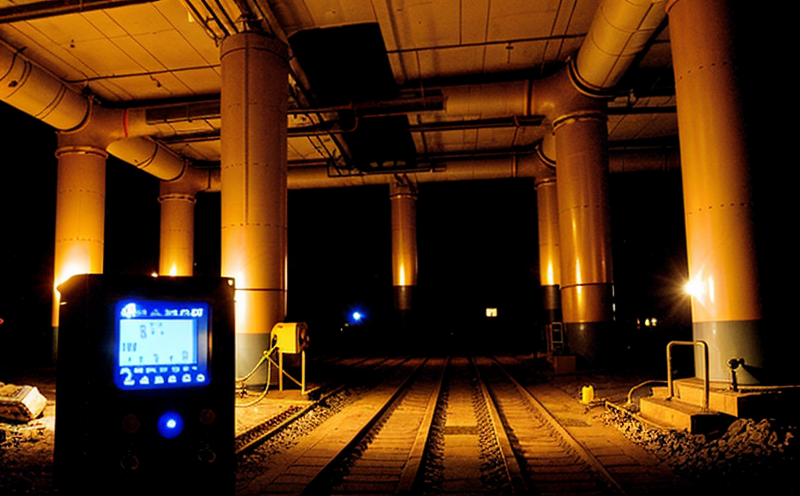ISO 18589 Radiological Monitoring of Soil in Mining Areas Testing
The ISO 18589 standard is specifically designed to address radiological monitoring and assessment of soil within mining environments. This service ensures the safety and compliance of mining operations by identifying potential radionuclide contamination sources that could impact both workers and the surrounding ecosystem.
Mining activities often result in the release of radioactive materials into the environment, which can accumulate in the soil. Understanding these risks is crucial for maintaining a safe working environment and ensuring regulatory compliance. The ISO 18589 standard provides a comprehensive framework for collecting and analyzing samples from mining sites to monitor radioactive contamination levels.
The testing process involves several key steps: sample collection, preparation, analysis using appropriate instrumentation (gamma spectrometry), and interpretation of results against established thresholds defined by the standard. Compliance with this ISO 18589 ensures that all necessary measures are taken to protect human health and the environment from potential radiation exposure.
Our laboratory adheres strictly to the requirements outlined in ISO 18589, ensuring accurate, reliable data collection and interpretation. By offering this service, we support mining companies in their efforts towards responsible environmental stewardship and regulatory compliance.
The following sections will provide detailed information about the scope of our services, the methodologies employed, real-world applications, international recognition, and frequently asked questions.
Scope and Methodology
| Scope | Description |
|---|---|
| Sample Collection | In situ soil samples are collected using sterile, specialized equipment to minimize contamination risks. |
| Preparation | The collected soil samples undergo rigorous preparation procedures including sieving and homogenization to ensure accurate analysis. |
| Analysis | Gamma spectrometry is used for the quantitative determination of radionuclides present in the soil sample. |
| Data Interpretation | The results are compared against the reference levels specified by ISO 18589 to determine compliance or potential issues. |
Our laboratory strictly adheres to the procedures outlined in ISO 18589, ensuring that all samples are handled with care and precision. This rigorous approach guarantees accurate results and reliable interpretations, which are essential for making informed decisions regarding soil contamination management.
The methodology employed ensures consistency across all tests conducted by our lab, providing clients with confidence in the accuracy of their radiological monitoring data. By following these standardized procedures, we contribute to the overall safety and sustainability goals of mining operations.
Industry Applications
| Application | Description |
|---|---|
| Mining Operations | Monitoring soil contamination helps in identifying hotspots and implementing corrective measures. |
| Environmental Compliance | Demonstrates adherence to regulatory standards, enhancing reputation and trust among stakeholders. |
| Risk Management | Prioritizes areas requiring immediate attention based on radiological risk assessments. |
| Sustainability Initiatives | Supports efforts towards reducing environmental impact by addressing contamination issues early. |
The application of ISO 18589 in mining environments extends beyond compliance to include strategic decision-making. By proactively monitoring soil radiological levels, mining companies can protect their workers and the environment while also meeting regulatory requirements. This proactive approach fosters a culture of sustainability within the industry.
Our laboratory plays a vital role in supporting these initiatives by providing accurate and timely data that informs critical decisions throughout various stages of the mining lifecycle—from exploration through production to closure.
International Acceptance and Recognition
- The ISO 18589 standard is widely recognized for its accuracy and reliability in radiological soil monitoring.
- It is adopted by regulatory bodies worldwide, including the United States Nuclear Regulatory Commission (USNRC).
- European countries such as Germany and France have implemented ISO 18589 as part of their national standards.
- The standard is also referenced in international agreements concerning environmental protection.
The universal acceptance of ISO 18589 underscores its significance in the global mining industry. By aligning with this international standard, our laboratory ensures that all test results are comparable and accepted across borders. This recognition enhances trust among stakeholders and supports seamless international collaboration on radiological monitoring projects.





